Table of Contents
Rescue dogs, often hailed as unsung heroes, play a crucial role in human society. These dogs, typically adopted from shelters or rescue organizations, come from diverse backgrounds, including strays, abandoned pets, or animals surrendered by their owners. They undergo specialized training to assist in numerous tasks, from search and rescue operations to therapeutic support. Their contributions are invaluable, showcasing their adaptability, intelligence, and unwavering loyalty. Search and rescue dogs, or SAR dogs, are important resources in an emergency. These canines are incredibly good at finding missing people and may be buried under debris from natural disasters or lost in large wilderness areas. Dedication, perseverance, and a solid understanding of canine behavior are necessary for training a search and rescue dog.
This article will review the various aspects of training search and rescue dogs, highlighting the abilities needed, the breeds most appropriate for this type of work, and the techniques to become an expert in the field. Before going on details let’s have a quick view on Dog Physical Therapy to Improve your canine Health.
The role of Search and Rescue Dogs
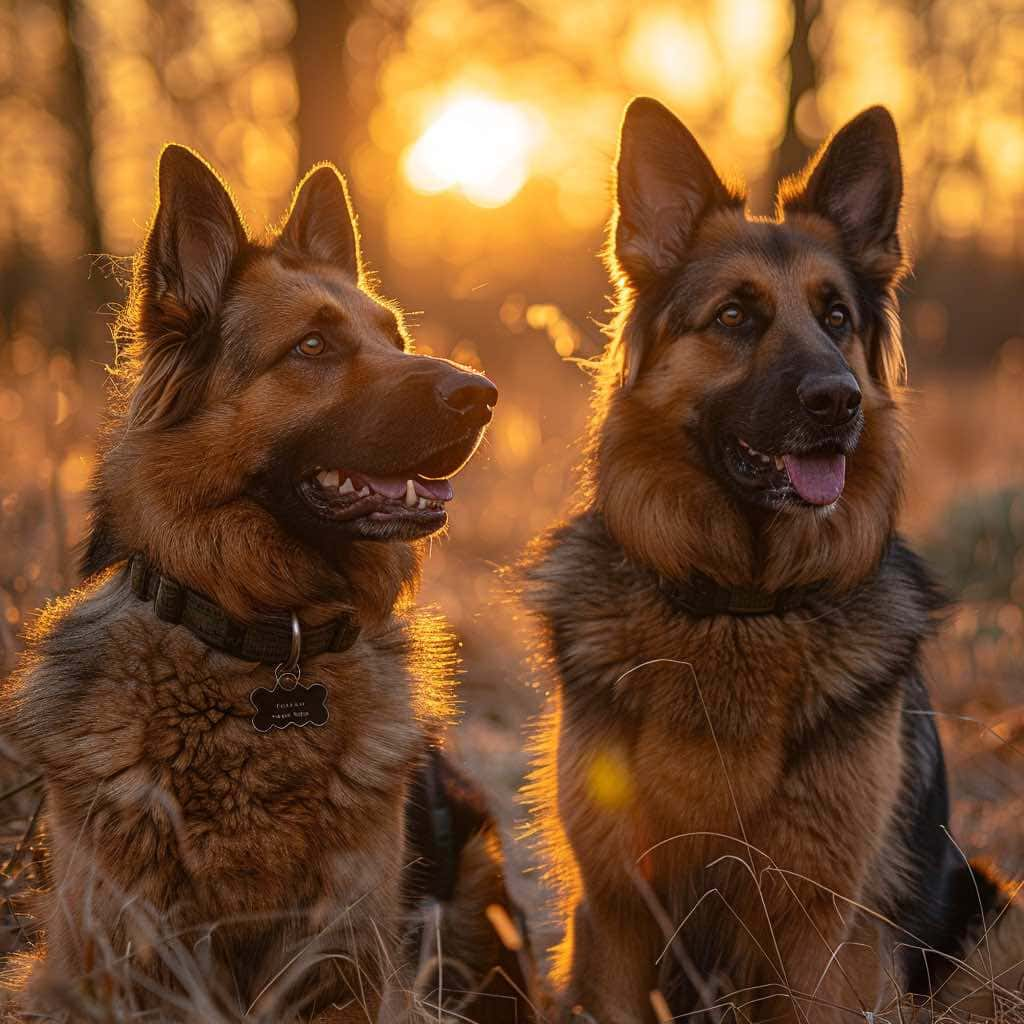
Dogs trained in search and rescue (SAR) specialize in locating people who are lost, stranded, or disabled. These dogs are employed in a variety of locations, including cities, woods, mountains, and disaster-affected places. They are frequently used in the event of avalanches, hurricanes, and earthquakes. Their main job is to detect human scent, which is up to 40 times stronger than that of humans, using their remarkable sense of smell.
SAR dogs are essential to disaster relief operations because they help find survivors and support rescue crews. Due to their excellent sense of smell, they can find people stuck in distant areas or concealed beneath debris. SAR dogs are utilized for disaster response and missing person searches, whether the cause is medical, criminal activity, or accident-related. Their skills can significantly raise the likelihood of discovering a lost person, particularly in challenging conditions or bad weather.
Breeds Ideal for Rescue and Search Operations
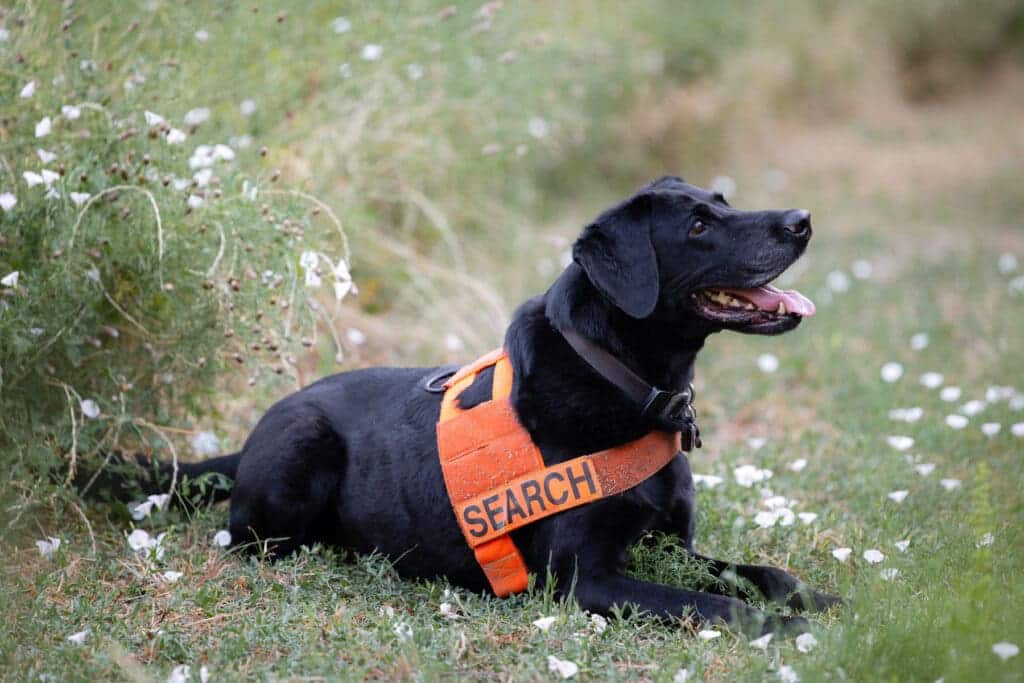
Not every dog has the innate desire to work as a SAR dog. Some breeds have shown to be very good at training dogs for search and rescue because of their physical characteristics, intelligence, and good sense of smell. German Shepherds and Golden Retrievers are two of the most well-known breeds.
Golden retrievers are renowned for their enthusiasm, great tracking skills, and kind nature. They are frequently selected for duties involving air scenting, in which they look for human scents carried by the wind.
German Shepherds are well known for their power, intelligence, and adaptability. Due to their versatility and capacity for search and rescue operations, they are regularly used by law enforcement and military organizations.
Other breeds frequently utilized in SAR operations include Belgian Malinois, Labrador Retrievers, and Border Collies. A breed’s fitness for SAR work depends on a number of variables, including temperament, level of physical endurance, and trainability.
A Search and Rescue Dog’s Training
The training process for search and rescue dogs has various phases, each aimed at developing particular abilities and behaviors. Because the training procedure is demanding, the dog and handler must have a close bond.
Fundamental Training in Obedience
Basic obedience training is crucial before starting specialist SAR training for your dog. Fundamental commands include sit, stay, come, and foot. Well-behaved dogs can concentrate and obey commands in busy situations, so they have a higher chance of succeeding in SAR training.
Scent training
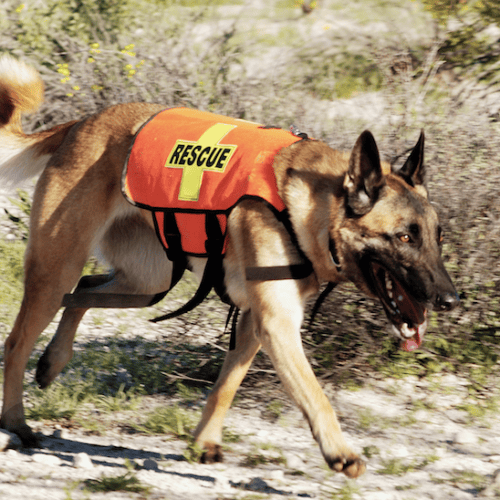
Scent detection is the foundation of dog search and rescue training. Dogs are trained to detect and identify many scents and track a particular human scent through challenging conditions and great distances. Frequently, this training begins with easy games, such as hiding toys or goodies for the dog to find, and then moves on to increasingly difficult search settings.
Environmental Exposure and Socialization
SAR canines need to be at ease in various settings and with a range of individuals. Dogs that receive early and ongoing socialization can better adjust to various environments, be they a busy city or a remote wilderness. Exposure to loud noises, uneven surfaces, and other distractions is essential.
Specific Training Methods

Particular methods are used to train search and rescue dogs based on the kind of SAR tasks they will handle. For instance, air scent dogs are used in wide-area searches and are trained to detect scents carried by the wind. These dogs must travel great distances quickly while working off-leash.
Dogs trained to track and trail aromas on the ground are employed to locate people who go missing in smaller spaces. Usually working on a leash, these canines track the smell trail the missing person left behind.
Advanced Training and Certification
Rescue SAR dogs need extensive training and certification to be prepared for deployment in the field. One way to do this is to practice search scenarios that resemble real missions, such as locating someone lost in a deep forest or buried behind debris. Written and practical exams are typically required for certification, which accredited organizations grant.
The Benefits and Difficulties of SAR Dog Training
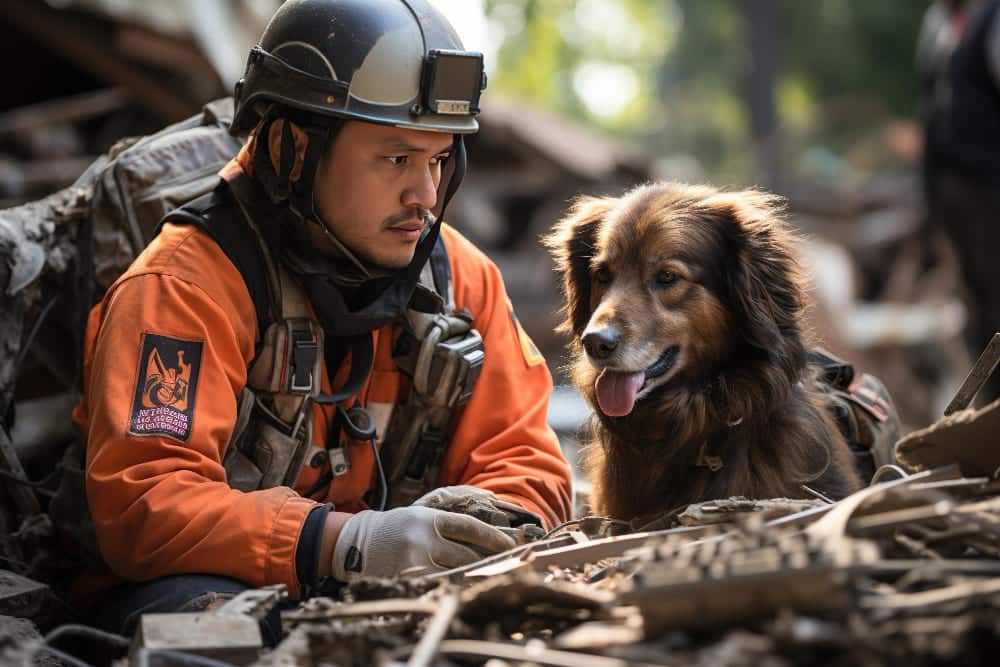
Training search and rescue dogs is difficult but very rewarding. The biggest obstacles are the substantial time commitment, the physical strain on the dog and the handler, and the continual practice and training required to maintain the dog’s proficiency.
But the benefits are enormous. SAR canines rescue lives. Their capacity to find missing people could be the difference between life and death in dire circumstances. Handlers highly satisfy themselves with the relationship they develop with their dogs and the fulfillment they gain from helping with disaster relief and public safety.
Some Advice on How to Train a Search and Rescue Dog

To answer the question, “Can I train my dog for search and rescue?” Yes, but only with dedication, appropriate direction, and tools. To get you going, consider these pointers:
Start Early: Take your dog to training as soon as possible. Puppies are more adaptive and quickly pick up the fundamental abilities required for the SAR job.
Seek Professional Advice: Enroll in courses taught by qualified SAR instructors. These professionals can offer insightful advice and well-organized training courses.
Apply Positive Reinforcement: Training with rewards motivates your dog to work eagerly and voluntarily. Rewarding behavior is essential to keeping the dog motivated.
Practice Often: Reinforcing skills requires regular practice. Include training activities in your everyday schedule to maintain your dog’s skills.
Join a Search and Rescue Team: Joining a local search and rescue team can offer advanced training and real-world experience. Working alongside seasoned handlers and their dogs is another benefit.
Advanced Methods of Training
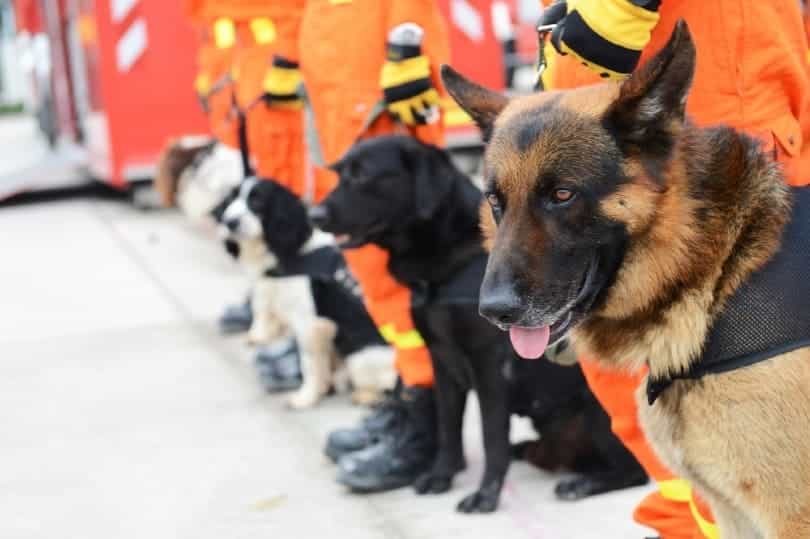
Advanced training methods and the core capabilities needed for SAR activity can further improve a search and rescue dog’s talents. These methods concentrate on honing particular abilities and enhancing the dog’s performance in difficult situations.
Training for Disaster Response
Through disaster response training, SAR canines are prepared for the particular difficulties presented by natural catastrophes like earthquakes, hurricanes, and floods. Dogs are exposed to circumstances that resemble disasters, such as fallen buildings, fields of rubble, and dangerous situations. Moreover, they learn how to detect victims, travel through debris, and notify their handlers of their findings.
Training in Low Light and at Night
Training in low light and night is crucial for SAR operations in low-visibility situations. Dogs are taught to compensate for decreased dark vision by using their other senses, such as touch and hearing, to function well. However, the dog’s capacity to find missing people at night or in poorly lit areas is improved by this training.
Training for Water Searches
Search and rescue dog receiving water search training are better equipped to find people in aquatic settings, including lakes, rivers, and reservoirs. Dogs pick up the skill of searching from shorelines or boats by using their noses to sniff out human odors coming from the water. Therefore, they are trained to bark when they detect a smell, alerting their handlers to the whereabouts of a possible victim. Water search training teaches dogs how to swim safely and confidently in various water conditions to ensure that dogs can function well in aquatic search and rescue operations.
Training for Wilderness Survival
Wildlife survival training primarily aims to prepare SAR dogs for operations in difficult and isolated areas. Dogs acquire the ability to focus on their search targets while navigating challenging environments such as steep mountainsides and dense woodlands. However, they are prepared to withstand the severe weather, low temperatures, and physical barriers in wilderness areas. SAR dogs receive the necessary training to find missing people in remote locations away from human habitation.
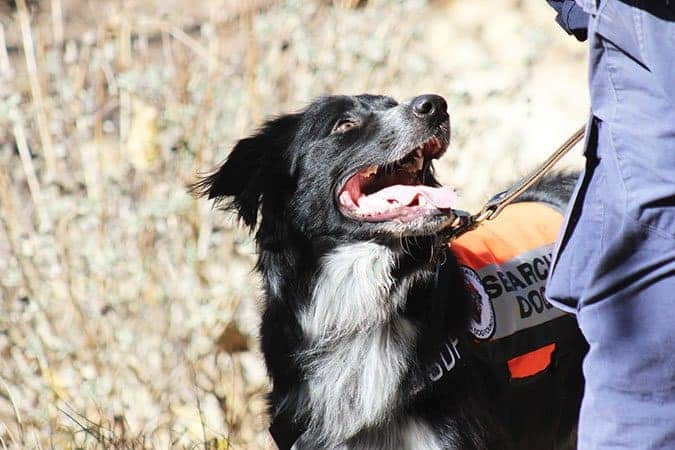
Conclusion:
Training a search and rescue (SAR) dog is a tough process that turns a dog’s natural instincts into lifesaving skills. Understanding the right conditions and following a specific training plan can teach a dog to search effectively in various challenging situations. This training results in highly skilled SAR dogs ready to perform amazing tasks during emergencies or natural disasters. Though the training journey is hard, it’s worth it because SAR dogs greatly enhance public safety and save lives.
In short, search and rescue dogs are heroes with exceptional skills. Their dedication, bravery, and kindness make them valuable assets. They show the incredible abilities that can be achieved through training, teamwork, and persistence, whether finding missing people in a dense forest or searching for survivors after a devastating earthquake.

